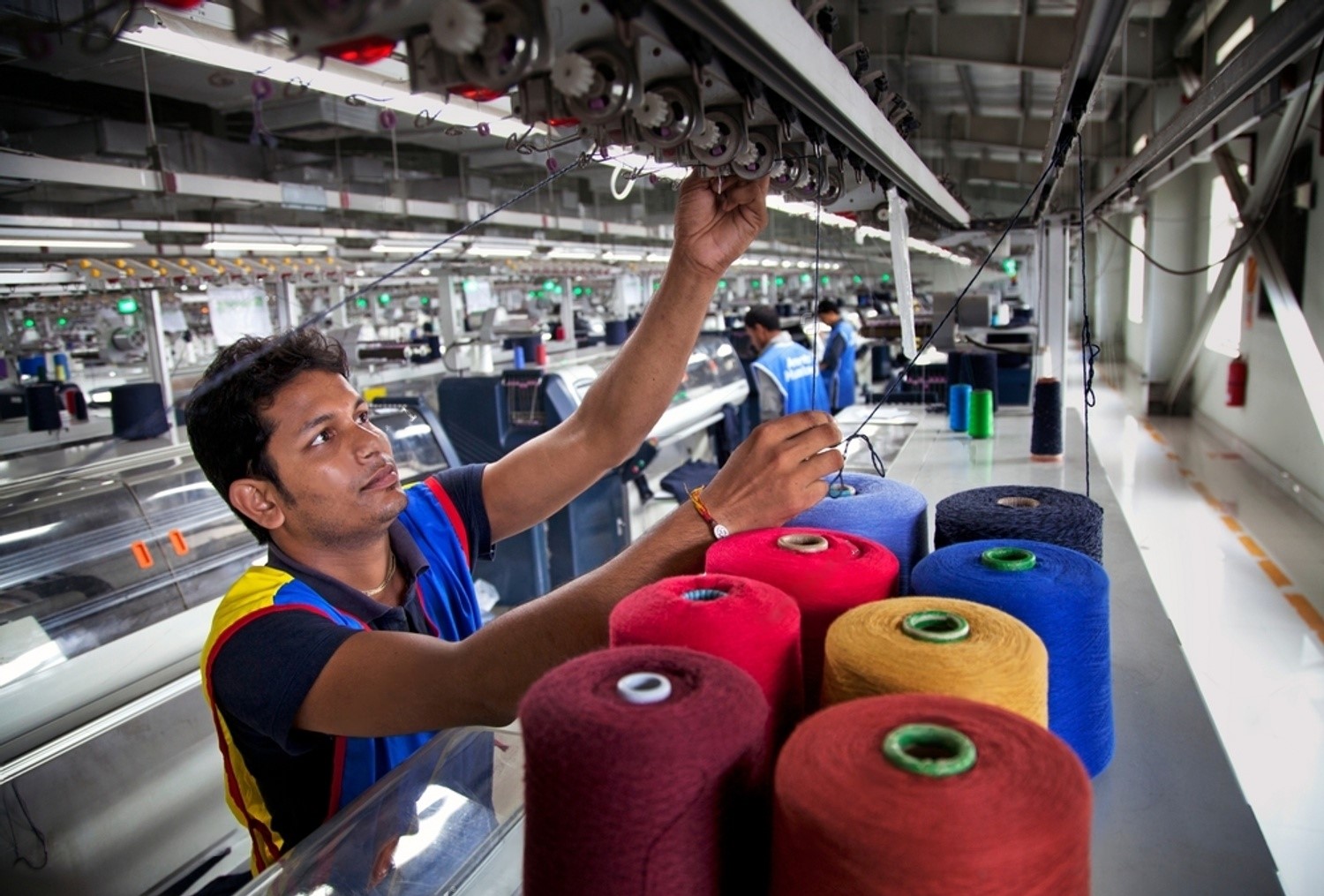
China's move for a more favorable import policy for Bangladeshi goods, particularly in the apparel and textile sector, is expected to significantly alter the trade dynamics between the two nations. This shift has the potential to reshape the regional landscape, impacting other key players like India and Vietnam.
For decades, China has been a dominant player in the global textile industry, serving as a major supplier of raw materials and finished goods. Bangladesh, on the other hand, has emerged as a key garment manufacturing hub, leveraging its competitive labor costs to capture a significant share of the global apparel market. The trade relationship between the two countries has traditionally been characterized by Bangladesh's reliance on China for raw materials, particularly fibers and yarns. This is reflected in the trade data over recent years:
Table: China-Bangladesh apparel & textile trade (2018-2023)
|
Year |
Bangladesh exports to China ($ bn) |
Bangladesh imports from China ($ bn) |
|
2018 |
0.3 |
10.2 |
|
2019 |
0.4 |
11.5 |
|
2020 |
0.3 |
9.8 |
|
2021 |
0.5 |
12.1 |
|
2022 |
0.6 |
13.8 |
|
2023 (est.) |
0.7 |
14.5 |
Sectoral breakdown
A look at the various sectors reveal, Bangladesh imports a significant portion of its raw fiber from China, particularly cotton and synthetic fibers. China is also a major supplier of yarn to Bangladesh, catering to the needs of its weaving and knitting industries. Similarly, Bangladesh's fabric imports from China have been steadily increasing, driven by the demand for high-quality and specialized fabrics. As for apparels, while Bangladesh primarily exports apparel, it also imports certain types of garments from China, particularly those requiring advanced manufacturing techniques.
Table: Bangladesh's textile imports from China
|
Sector |
2019 (%) |
2020 (%) |
2021 (%) |
2022 (%) |
|
Fiber |
35 |
32 |
30 |
28 |
|
Yarn |
25 |
28 |
27 |
26 |
|
Fabric |
20 |
22 |
23 |
25 |
|
Apparel |
5 |
6 |
7 |
8 |
|
Other |
15 |
12 |
13 |
13 |
Implications of China’s new import policy
China's new import policy aims to reduce tariffs and ease import restrictions on a range of Bangladeshi products, including ready-made garments. This move is expected to boost Bangladesh's apparel exports to China, potentially reducing its trade deficit with the country.
Impact on Bangladesh
Higher exports: The policy is likely to lead to a surge in Bangladesh's apparel exports to China, providing a much-needed boost to the industry.
Market diversification: This presents an opportunity for Bangladesh to reduce its reliance on Western markets and diversify its export destinations.
Upgrading industry: To capitalize on this opportunity, Bangladesh will need to focus on improving the quality and value addition of its garment products.
Impact on other countries
The new policy could have significant implications for other textile and apparel producing countries in the region, including India and Vietnam. This shift in trade dynamics could have ripple effects across the region especially India and Vietnam. Some garment manufacturers may consider relocating or expanding their operations to Bangladesh to take advantage of the new policy.
India, a major competitor to Bangladesh in the apparel sector, may face increased competition in the Chinese market. However, India could also benefit from increased demand for its raw materials, such as cotton. Vietnam, another key player in the apparel industry, may also experience higher competition from Bangladesh. However, Vietnam's focus on higher-value garments and its strong trade ties with China could mitigate the impact. However, the long-term impact of this policy will depend on how effectively Bangladesh can leverage this opportunity to enhance its competitiveness and diversify its export markets.












